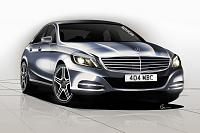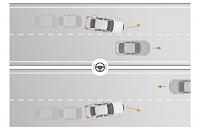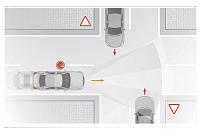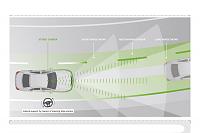Welcome to the Auto Repair Manuals.
New Mercedes S-class: a feast for the sensors
5 stars based on
1 reviews
-
 New Mercedes S-class: a feast for the sensors
New Mercedes S-class: a feast for the sensors




Similar Threads
-
By Auto News in forum Detroit Auto NEW's
Replies: 0
Last Post: 28.01.2014, 12:19
-
By Auto News in forum News
Replies: 0
Last Post: 21.02.2013, 12:49
-
By Auto News in forum News
Replies: 0
Last Post: 09.01.2013, 08:41
-
By Auto News in forum News
Replies: 0
Last Post: 21.11.2012, 16:12
-
By Road&Track in forum News
Replies: 0
Last Post: 02.02.2011, 00:00
Tags for this Thread
 Local
Local

 New Mercedes S-class: a feast for the sensors
New Mercedes S-class: a feast for the sensors



 LinkBack URL
LinkBack URL About LinkBacks
About LinkBacks